Path of the Smugglers
In the shadows of history, it is estimated that over 20% of global trade involves illicit activities, with smuggling playing a significant role in this clandestine network. As the layers of secrecy are peeled back, a world of intrigue and danger unfolds along the enigmatic ‘Path of the Smugglers.’
From ancient trade routes to modern-day operations, the allure of hidden passages and covert maneuvers beckons those curious enough to uncover the untold stories of deception and bravery that lie within. The journey ahead promises to reveal a tapestry of clandestine activities that have shaped societies and economies, leaving a trail of mystery waiting to be unraveled.
Key Points
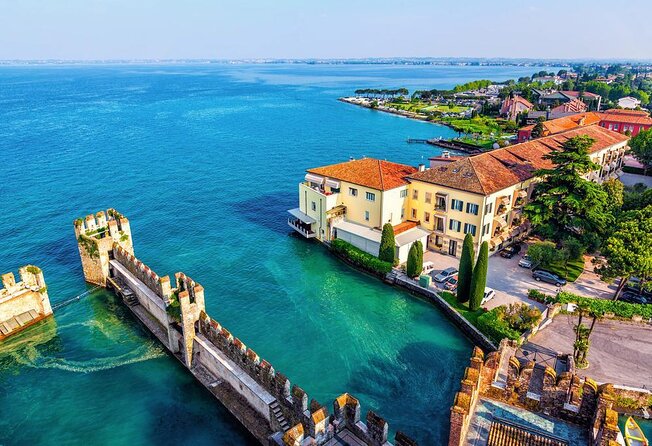
- Smuggling routes are intricate, providing shortcuts to avoid detection.
- Notable smugglers like Lafitte and Frith shaped clandestine trade history.
- Modern smugglers use drones, hidden compartments, and advanced disguises.
- Smuggling impacts society with increased crime, economic distortions, and cultural implications.
Historical Background
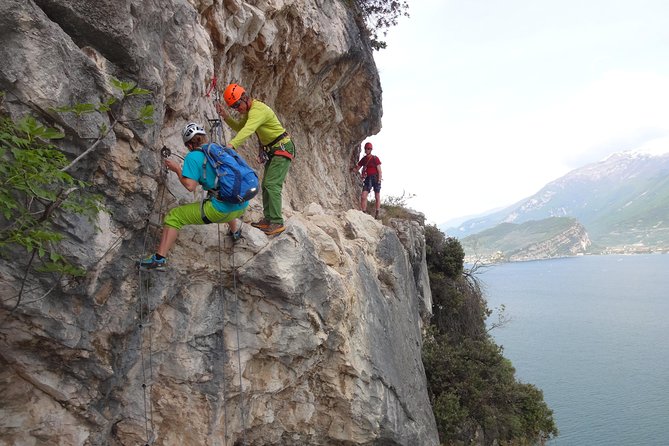
The journey into the historical background of the Path of the Smugglers unveils a clandestine world of intrigue and daring escapades. Smuggling tactics employed along this path were as varied as they were inventive, with smugglers resorting to hidden compartments, false bottoms, and even underground tunnels to transport their illicit goods undetected.
However, these cunning methods often came with severe consequences. Smuggling was considered a serious crime, punishable by hefty fines, imprisonment, and in some cases, even death. The risks were high, but the potential rewards lured many into this dangerous trade. Despite the allure of easy money, the shadowy world of smuggling was fraught with uncertainty and peril, leaving many to ponder if the stakes were truly worth the gamble.
Smuggling Routes Overview
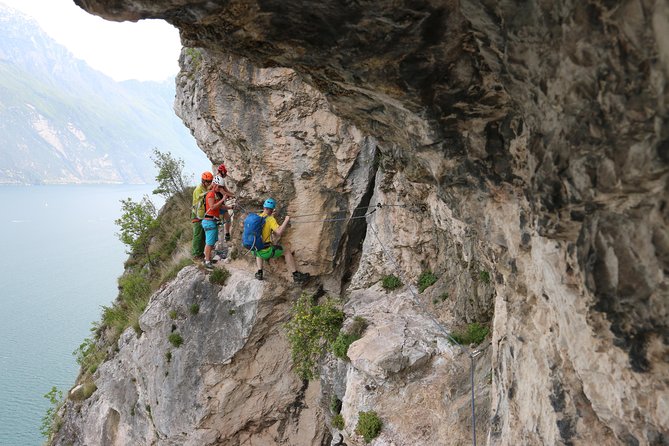
Navigating through treacherous mountain passes and secluded pathways, smugglers of the past carved out intricate routes to evade authorities and transport their contraband across borders undetected.
These smuggling routes provided shortcuts through rugged terrain, enabling illicit goods to bypass official checkpoints. The consequences of using these secret pathways were severe, ranging from hefty fines to imprisonment or even death if caught by law enforcement.
Despite the risks, smugglers persisted in utilizing these covert networks due to the lucrative nature of their trade. The intricate web of smuggling routes crisscrossed various regions, creating a complex network that posed challenges for authorities attempting to curb illegal activities.
Understanding this overview sheds light on the historical significance and impact of smuggling on societies throughout different eras.
Notable Smugglers in History

Venturing further into the realm of smuggling history unveils a cast of daring individuals whose exploits shaped the clandestine world of contraband trade. Among the famous smugglers in history, one notable figure is Jean Lafitte, a pirate and smuggler who operated in the Gulf of Mexico during the early 19th century. Known for his strategic prowess and ability to evade authorities, Lafitte’s smuggling activities were legendary.
Another renowned smuggler is Mary Frith, also known as Moll Cutpurse, who operated in 17th century England and was famous for her audacious smuggling ventures. These individuals, along with many others, left a lasting mark on smuggling history, showcasing the daring and often perilous nature of the clandestine trade.
Modern-Day Smuggling Techniques
Exploring contemporary methods of smuggling reveals a complex web of innovative tactics employed by illicit traffickers worldwide. From the use of drones and submarines to hidden compartments in vehicles and even body packing, smuggling technology has evolved to evade sophisticated border control measures.
Smugglers now leverage encrypted communication channels, GPS tracking devices, and advanced disguising techniques to transport illegal goods across borders undetected. Border control authorities face an ongoing challenge to keep pace with these modern tactics, leading to a constant cat-and-mouse game between enforcement agencies and smugglers.
As technology continues to advance, the methods used by smugglers also adapt, making the fight against illegal trafficking a dynamic and complex battle on a global scale.
Impact of Smuggling on Society
The evolution of modern-day smuggling techniques hasn’t only posed challenges for border control authorities but has also significantly impacted society in various ways. Smuggling’s effects reach beyond the illegal transportation of goods, influencing communities and individuals on different levels:
-
Social consequences: Smuggling can lead to increased crime rates and instability within communities.
-
Economic impacts: It can distort markets, harm local businesses, and deprive governments of tax revenues.
-
Cultural implications: Smuggling can introduce illicit goods that may undermine cultural values and traditions.
-
Legal ramifications: Individuals involved in smuggling face legal consequences that can disrupt families and communities.
-
Environmental effects: Smuggling activities often disregard environmental regulations, leading to ecological harm in affected regions.
Common questions
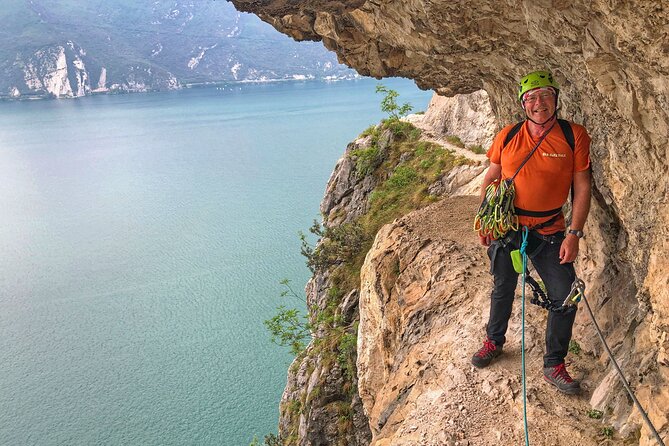
Are There Any Hidden Tunnels or Secret Passages Along the Path of the Smugglers?
Exploring the path may reveal hidden tunnels and secret passages, leading to mysterious encounters. Visitors should proceed with caution and curiosity, as these underground pathways hold stories waiting to be discovered along the way.
What Kind of Goods Were Most Commonly Smuggled Along This Route?
Most commonly smuggled goods along this route included alcohol, tobacco, and luxury items. Smuggling techniques ranged from hidden compartments in wagons to secret compartments in clothing. The illicit trade flourished due to high demand and lucrative profits.
Were There Any Famous Escapes or Close Calls That Took Place on the Path of the Smugglers?
Famous escapes and close calls dot the history of the clandestine route. Stories of daring getaways and near misses captivate imaginations. The path’s secrets reveal tales of bravery and ingenuity in the face of peril.
How Did Authorities Attempt to Combat Smuggling Along This Route in the Past?
Officials employed various strategies to combat smuggling, including increased border patrols, surveillance technology, and informant networks. However, these efforts faced modern challenges like sophisticated concealment methods and corruption, making enforcement a continual cat-and-mouse game.
Are There Any Local Legends or Folklore Surrounding the Path of the Smugglers That Are Still Told Today?
Local legends about the path of the smugglers continue to captivate locals. Tales of supernatural encounters and mysterious disappearances add an air of mystery. Folklore passed down through generations keeps the intrigue alive in the community.
Last Words
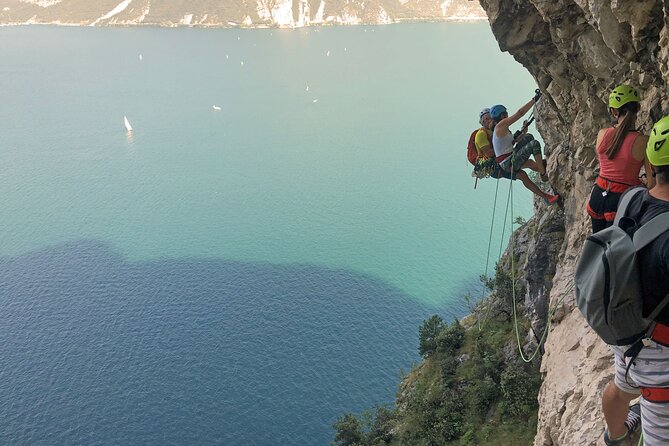
As the sun sets on the winding paths of the smugglers, shadows dance in the flickering light, whispering tales of daring escapades and hidden treasures. The echoes of footsteps long gone linger in the air, carrying the secrets of a bygone era.
The ‘Path of the Smugglers’ beckons with its mysterious allure, inviting you to step into the clandestine world of deception and adventure. Embark on this journey of discovery and unlock the mysteries that lie hidden in the shadows.